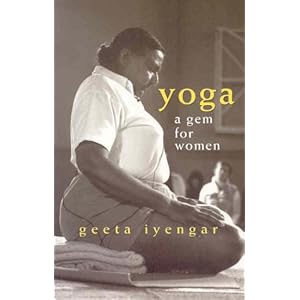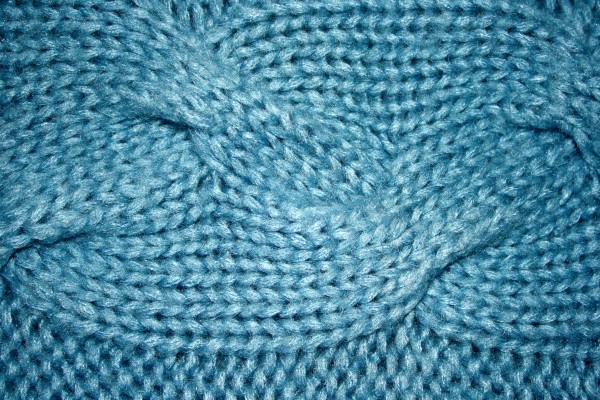My Knitting 102 students are interested in learning to work cables, so I've designed a sampler which will move through twisted stitches, to basic cables and on to reversible cables. Since I'm not fond of swatching, I've turned the sampler into an accessory. Although the cable band is the most important part of the project, this sample can also become a headband or a hat, depending upon the pace of each knitter. Since the hat is at the test phase, I don't have a photo. Sample Hat #1 is currently in the washing machine, to see how the fabric felts. Sample #2 is quite nice, but a change in gauge resulted in a beanie, not an over-the-ears hat. Sample Hat #3 will be knit in a different fibre than the first two hats (a commercial wool/soy yarn). Eventually, I'll make a hand spun version for myself.
Do you sense a theme here? While I'm reluctant to knit swatches, I do sample-it's just that my samples turn into "things." Sometimes these things work, sometimes not, but I'm happy to spend the time playing with the yarns. Knowing (or at least having a strong intuition) about how a given yarn will behave as fabric is the first part of successful sampling for a satisfying project, so let's talk about yarn for cabled fabric.
Western tastes in yarns these days run to soft and, often, softly spun and lightly plied, yarns. We associate luxury and warmth with soft and we often want that softness in the form of fibres other than wool. There's nothing wrong with going for touch appeal; however, sometimes a soft yarn, especially if it has a halo or is spun from fibre less durable than wool, isn't the best choice for our fabric.
Simply put, cabled fabric is knitted by deliberately moving stitches out of order. Cables produce dense, warm knitting. The focus is on the cables and, while we may not always want the cable stitches to be bold, using a firm, plied yarn in a solid (or nearly solid) colour helps the cables to "pop." Wool, with its natural elasticity, can make twisting those cables easier, especially for a novice. Wool also helps to hide some of the inconsistencies which can occur when we are moving our stitches over, back and forth, as cables require. That elasticity, something which other natural fibres such as alpaca, silk and cotton lack, means that a wool fabric which shrinks or stretches can be wetted and returned to its original shape and size. Wool blocks well, so that minor corrections in gauge are easy, which isn't the case with most synthetics, whose properties are set in the knitting.
Using a strongly variegated or textured yarn tends to obscure cable stitches. If you're going to the effort of knitting those cables, don't you want to show them off? A smooth yarn in a solid, light colour will do that. If your yarn is too dark, it will be difficult to see the intricacy of those stitches. If you're working cables for the first time, catching your mistakes early is more difficult if the yarn is very dark. Cables in a darker yarn can be dramatic, but if you're not sure of your pattern or your cabling skills, err on the side of using a lighter yarn. Although I've knit a luxurious reversible cabled scarf from kid mohair and silk yarn, the experience wasn't among the most enjoyable knitting I've done, because the silk was slippery, so stitches tended to fall off the needles and the fuzzy mohair made tinking difficult. The yarn combination felt wonderful, but I'm not sure the cabling was worth the effort-I would have been better off, in terms of time and frustration, to knit my fabric in simple ribbing.
The sample below is from the sweater I designed for Level 3 of my Master Certificate in Hand Knitting (TKGA). The yarn I used was a hand spun 3 ply yarn in Merino wool with a strand of commercial silk noil. Since Merino is a softer, less durable wool, I felted the yarn to make it stronger and then dyed my yarn in an indigo vat. Imagine my surprise when the silk came out pink, rather than the lighter blue I expected. In hindsight, I should have started over, because even that bit of pink in the yarn doesn't emphasize the cables as strongly as I had planned. Still, the sweater is 20 years old, with nary a pill to be found. It's also sadly out of date-think big, bulky and squarish, with saddle shoulders-so it spends most of its time in my cedar chest, dreaming of its glory days, no doubt. Perhaps it's time I knit it a mate, a sturdy, slimmer little number, in a solid colour:
Namaste.





















